Four Tools That Will Instantly Improve Your Penmanship Practice
I like to start every conversation about penmanship tools with a disclaimer: your strategy for practice is the most important factor in learning to improve your signature, your overall handwriting, or in mastering the foundations of penmanship as an art. Tools are a secondary consideration, and you don’t need anything expensive or complicated.
That said, tools can be a fun and helpful luxury – especially if you’re trying to correct stubborn grip issues, poor posture, or take your writing to the next level. Below are four of my personal favorites.
- 1 -
The squishiest-grip pen of all time: Uni-Ball 207 Premier Retractable Gel Pen
An ergonomic foot rest: Mind Reader Adjustable Height Ergonomic Foot Rest
If you tend to write with poor setup or posture (think: slumped shoulders, heavily resting on forearms, bent low over the paper) consider correcting the problem from the ground up. When you practice penmanship of any kind, your feet should rest flat on the floor, your back should be straight, and you should learn toward the table by pivoting at the hips. When your feet are resting flat on the ground, they act as an additional support for your bodyweight, taking pressure off of your core and allowing you to maintain correct posture for longer periods without fatigue. By contrast, if you tend to practice writing from a chair where your feet don’t easily reach the ground, your body will tend to tilt forward, more stress will be put on your core to keep you upright, and you will likely compensate by leaning heavily on your arms. This can be a major issue, because it restricts your freedom of movement when you’re writing and encourages you to press down hard on the paper, creating the opposite of the smooth, fluid motion you want. An ergonomic foot rest is an easy solution to this problem. The Mind Reader foot rest linked above is cheap, effective, and readily available – but anything that gets your feet flat and in the correct position will help.
- 3 -
A slanted writing desk that doubles as a dry-erase board: Visual Edge Slant Board
This tool is a high-impact multi-tasker that offers a lot of benefits:
- Slanted desks come highly recommend from penmen and Occupational Therapists alike. An angled writing surface forces you to write with less pressure on your writing arm – so this is of particular value if you’ve identified that you press too hard on the paper or squeeze your pen as you write.
- Dry erase boards are useful in two different ways. First, when you’re learning to write a letter in a new style or add flourishes, writing the letter in a large size can make it easier for you to identify faults in your movement or your construction of the letter. Secondly, the easy glide of a marker over a dry erase board can help you increase the speed of your writing. Practicing in this way preserves all the important motion in your writing, while eliminating the resistance caused by your arm resting against the table and your pen moving across your paper. I was shocked by the impact of just one session of practice on a dry erase board on the overall speed and fluency of my signature on any surface. Cheap hack: If you don’t want to invest in a dry erase board, just get a dry erase marker and practice on your mirror.
- 4 -
Tracing paper: Staedtler Mars Vellum Paper
Tracing exercises are one of the most valuable and underused penmanship practice techniques. If done mindfully, they can help you to ingrain correct movements and letterforms into your muscle memory. The exercises in my book, Create a Signature You Love, leverage tracing exercises as a low-risk starting point and for warmup drills. I personally tested over 50 different types of tracing paper, translucent vellum, and drafting paper before deciding which type to include with my workbook. The Staedtler Mars Vellum was my standout favorite. It plays well with almost any pen and ink, has an ideal degree of transparency, and is smooth and durable. It typically costs between $15-$20 for a 50-sheet pack. Other, cheaper options exist, but be aware that most tracing papers come with a waxy coating that doesn’t absorb ink well, and that changes the feel of the pen-to-paper contact. Your best bet is to look for an artist’s tracing paper or architect’s drafting vellum. Darice Studio 71 Tracing Pads are a cheaper, acceptable alternative.
Do you have a favorite penmanship tool or technique? Share with us in the comments!
Stay up to date with our blog and get access to exclusive offers by signing up for our newsletter.
Happy practicing.
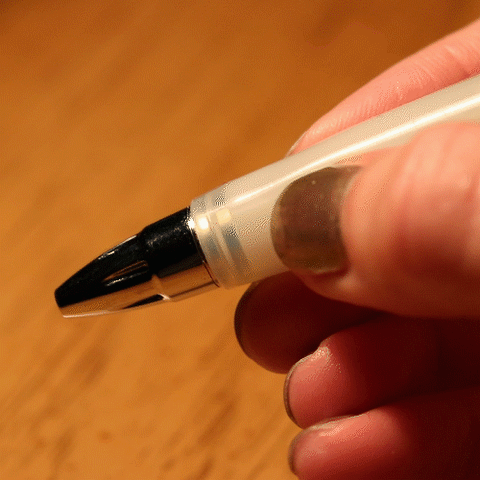
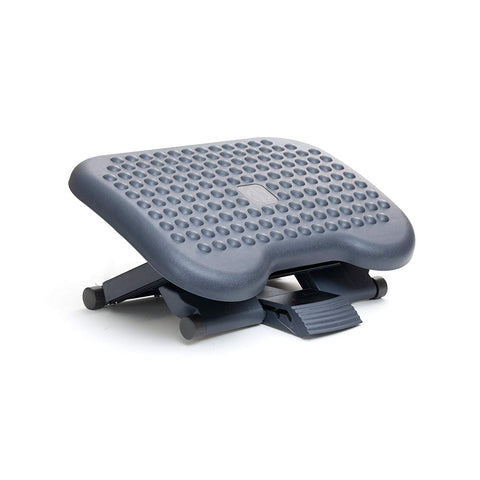
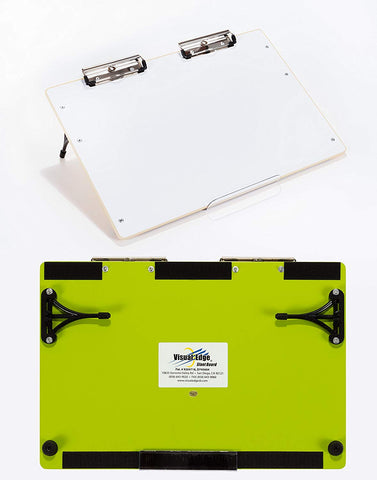

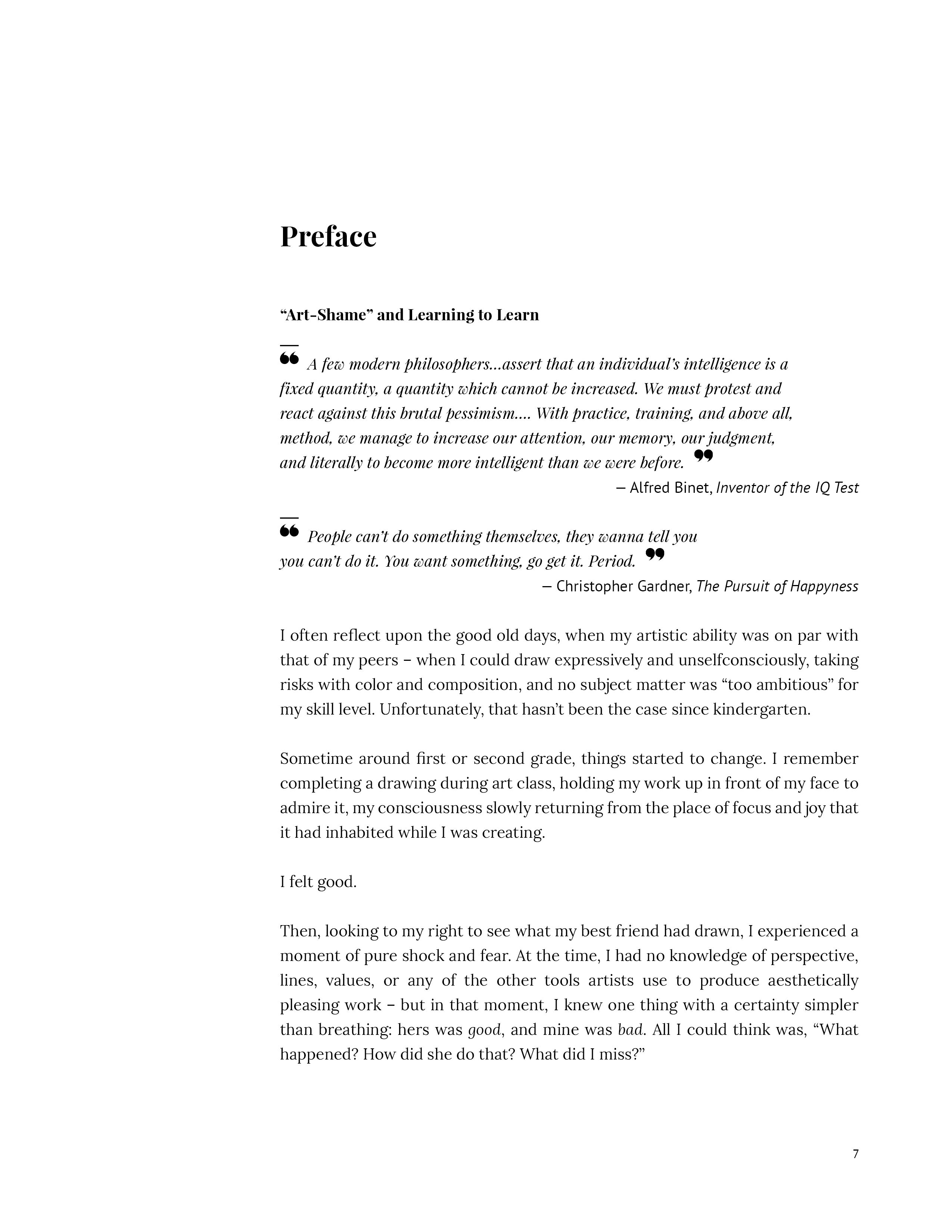
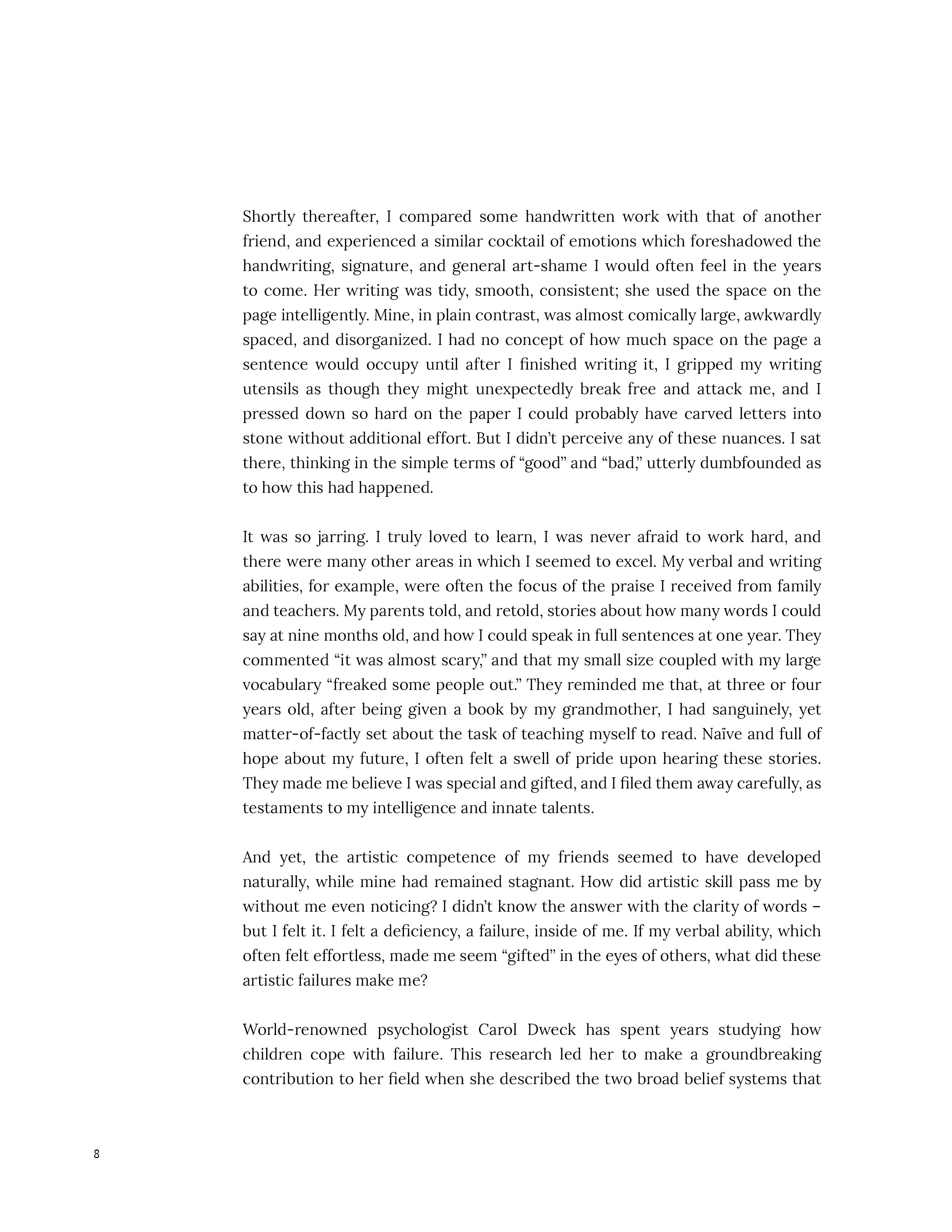

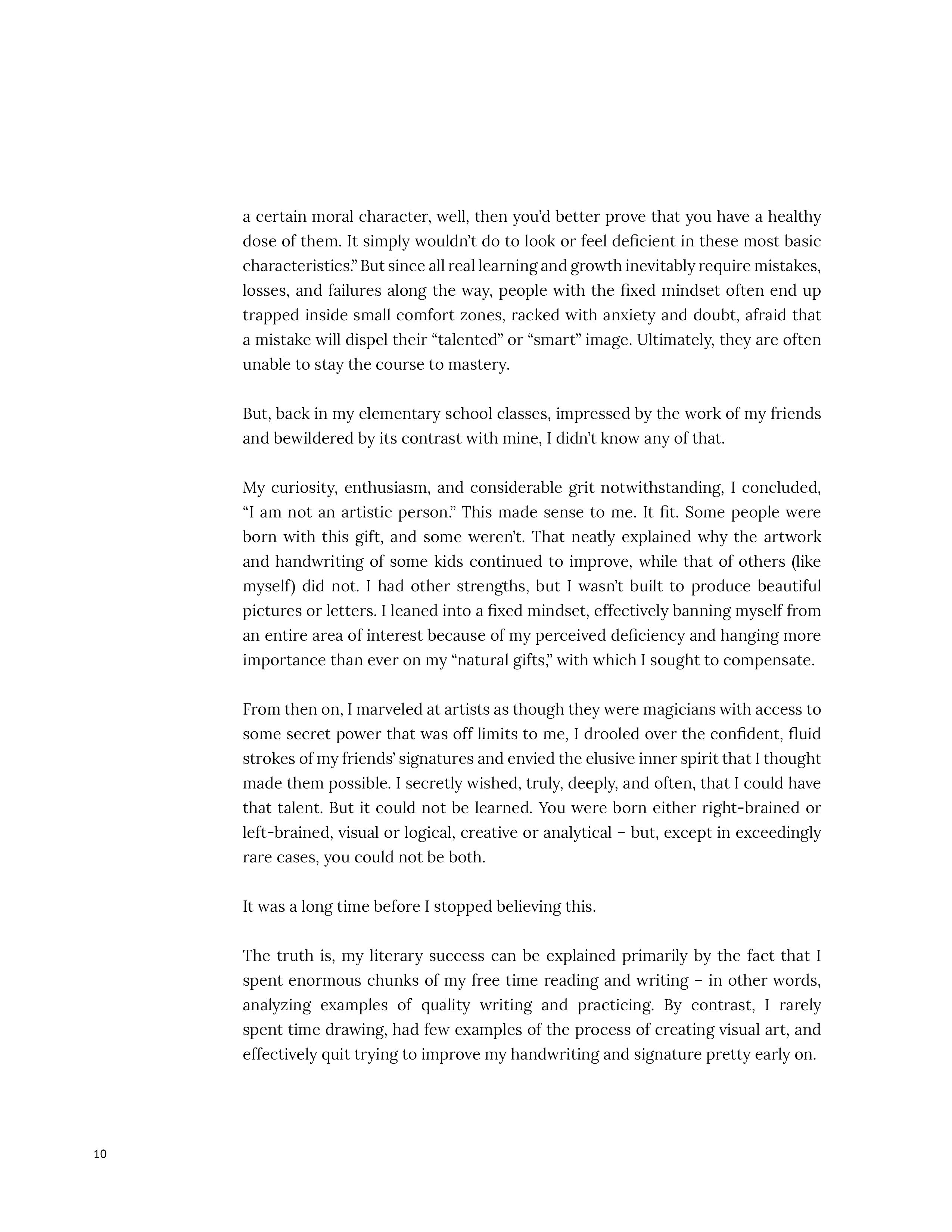
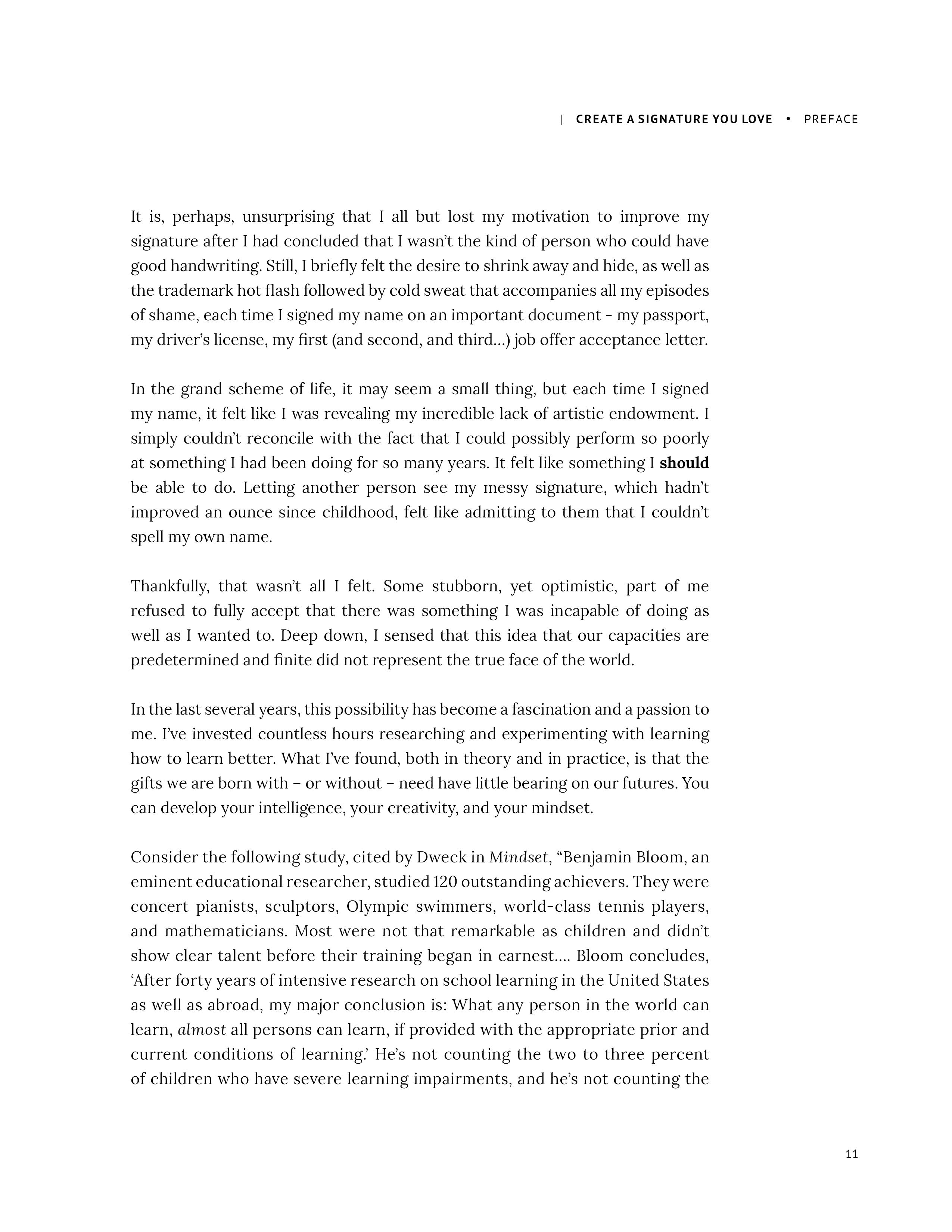
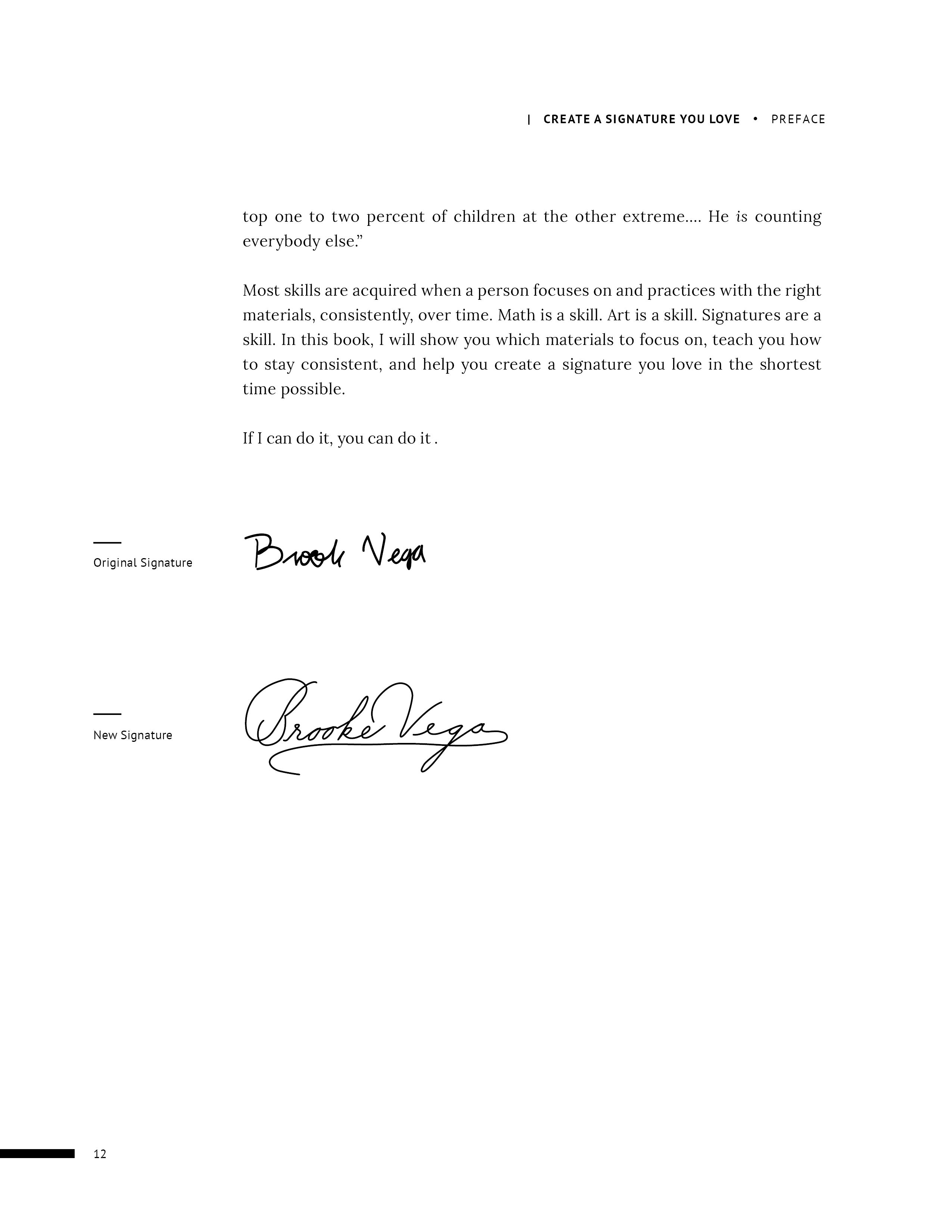
@Emily Stiteler you can sign up for my free Penmandship Recipes newsletter at createasignature.com (scroll to the bottom of the homepage and input your email address).
If you’re interested in purchasing the book, it’s available in three formats here: https://createasignature.com/products/create-a-signature-you-love
Happy Creating!
I can’t find out how much it will cost !
Thanks very much
Very interesting material. Never thought of how much really goes into good penmanship. Thank you for your Emails they are much appreciated.